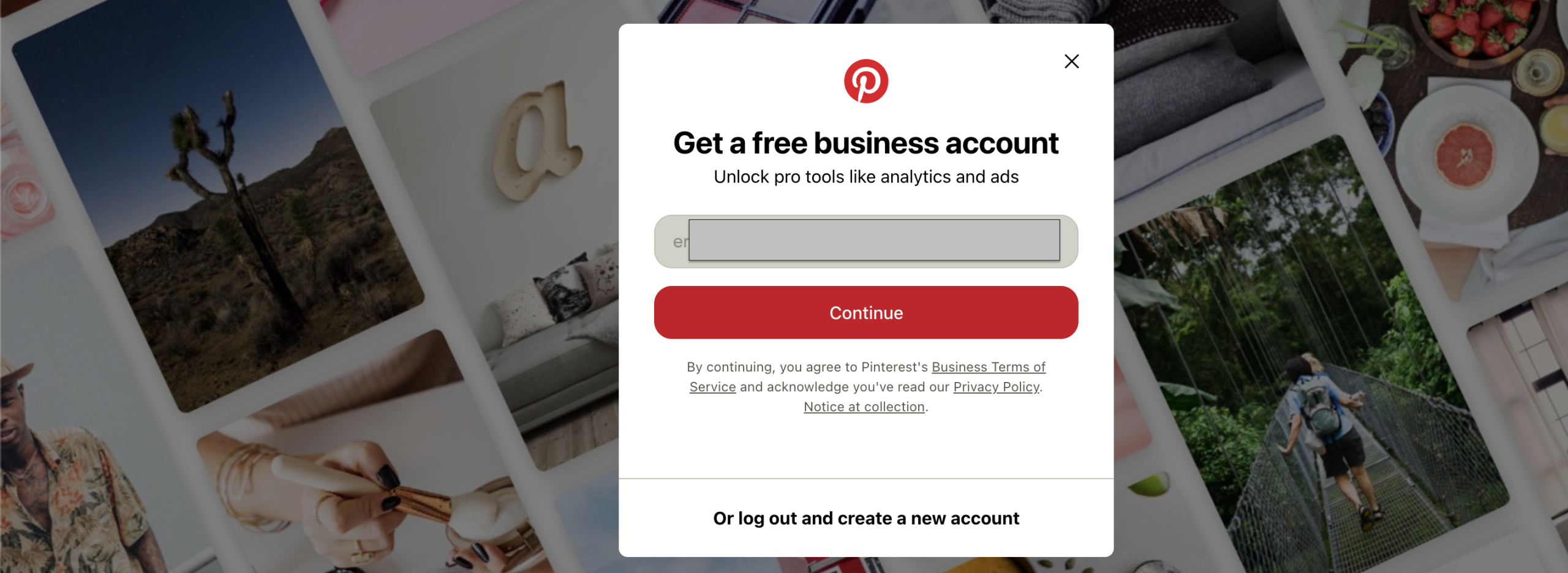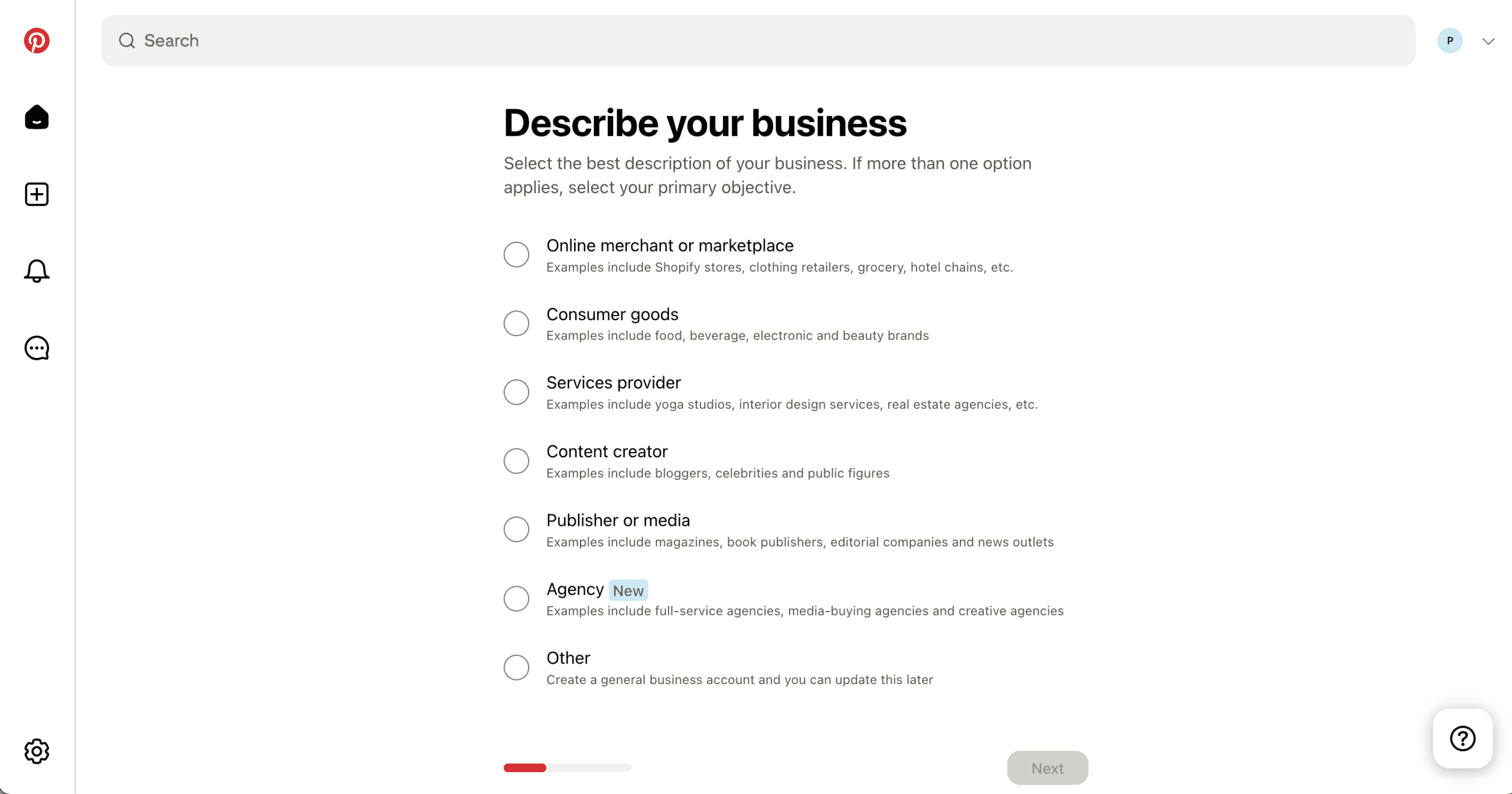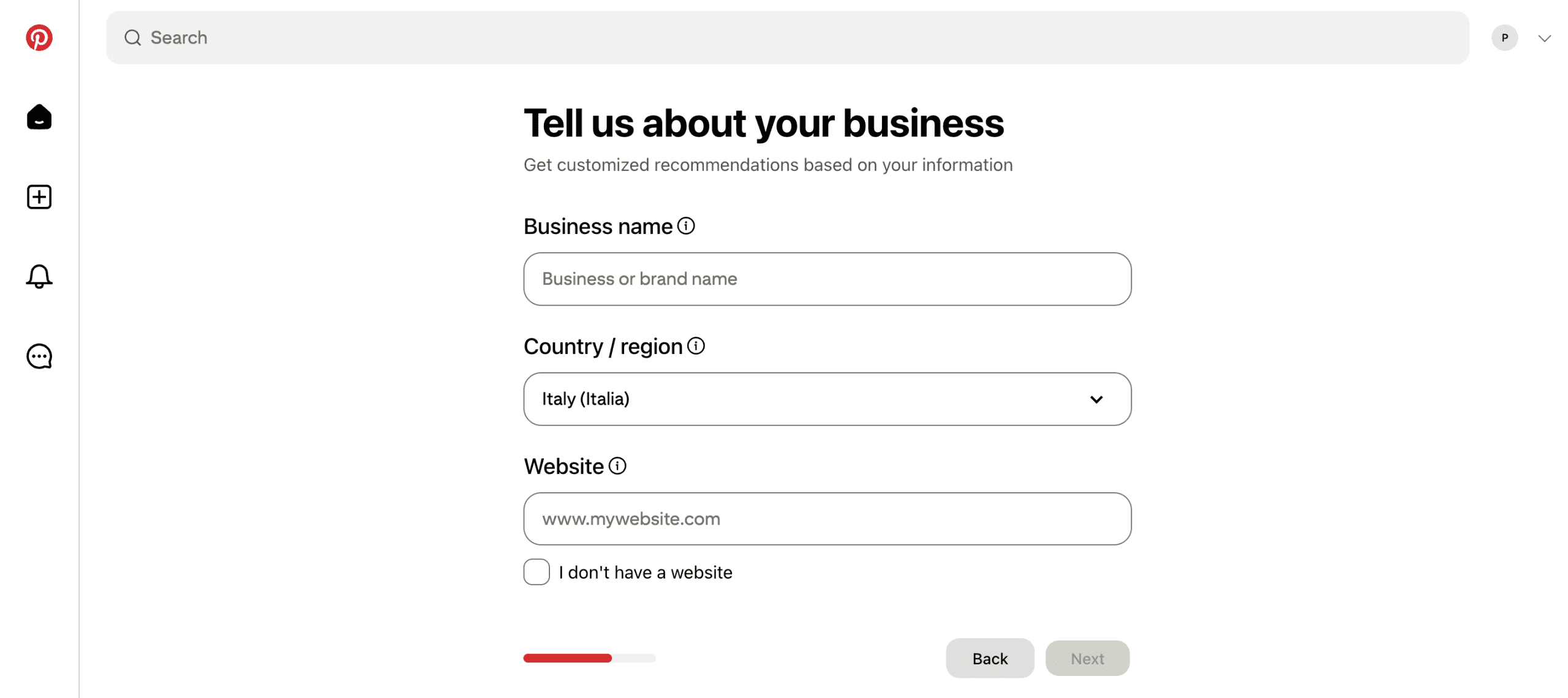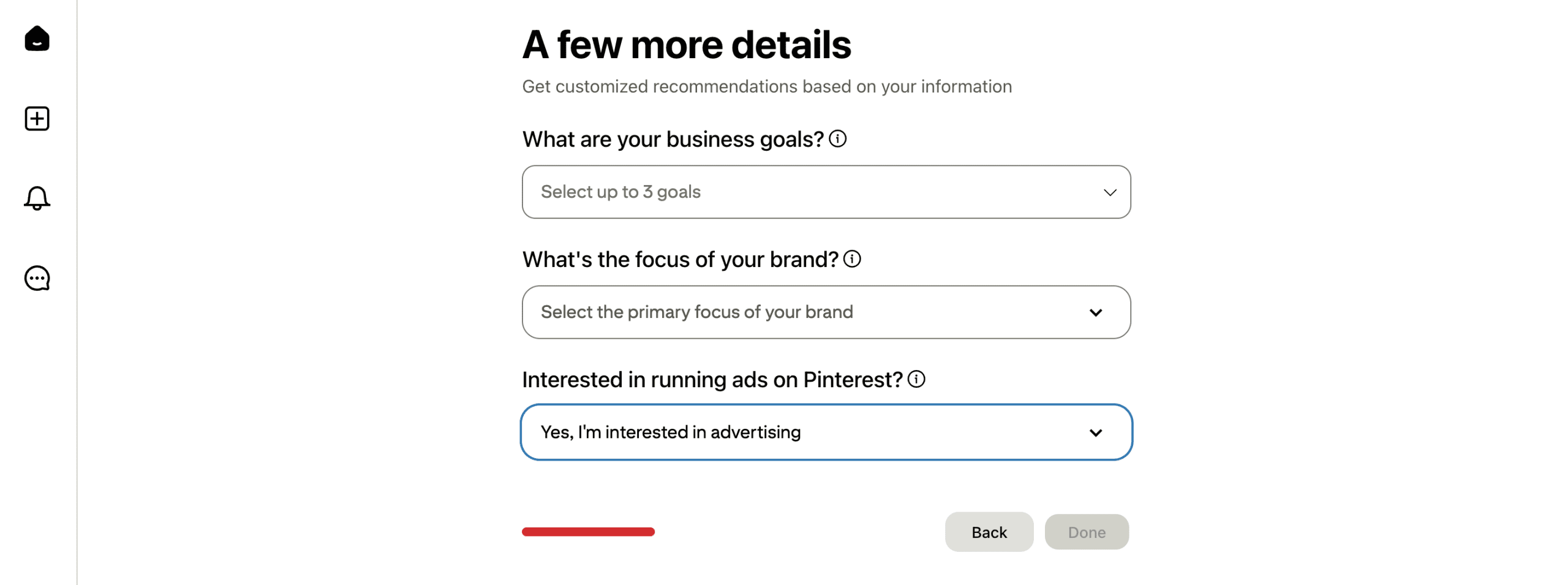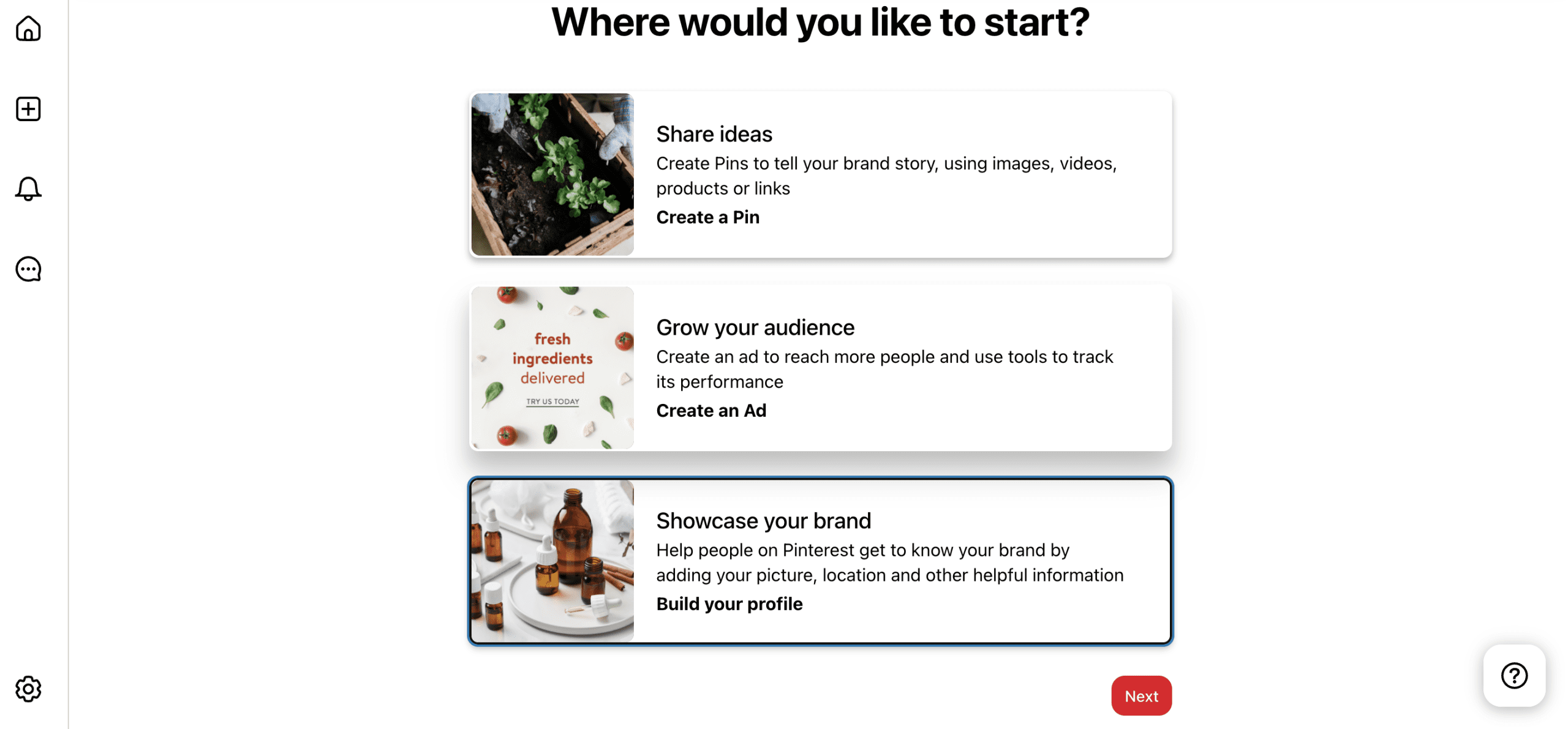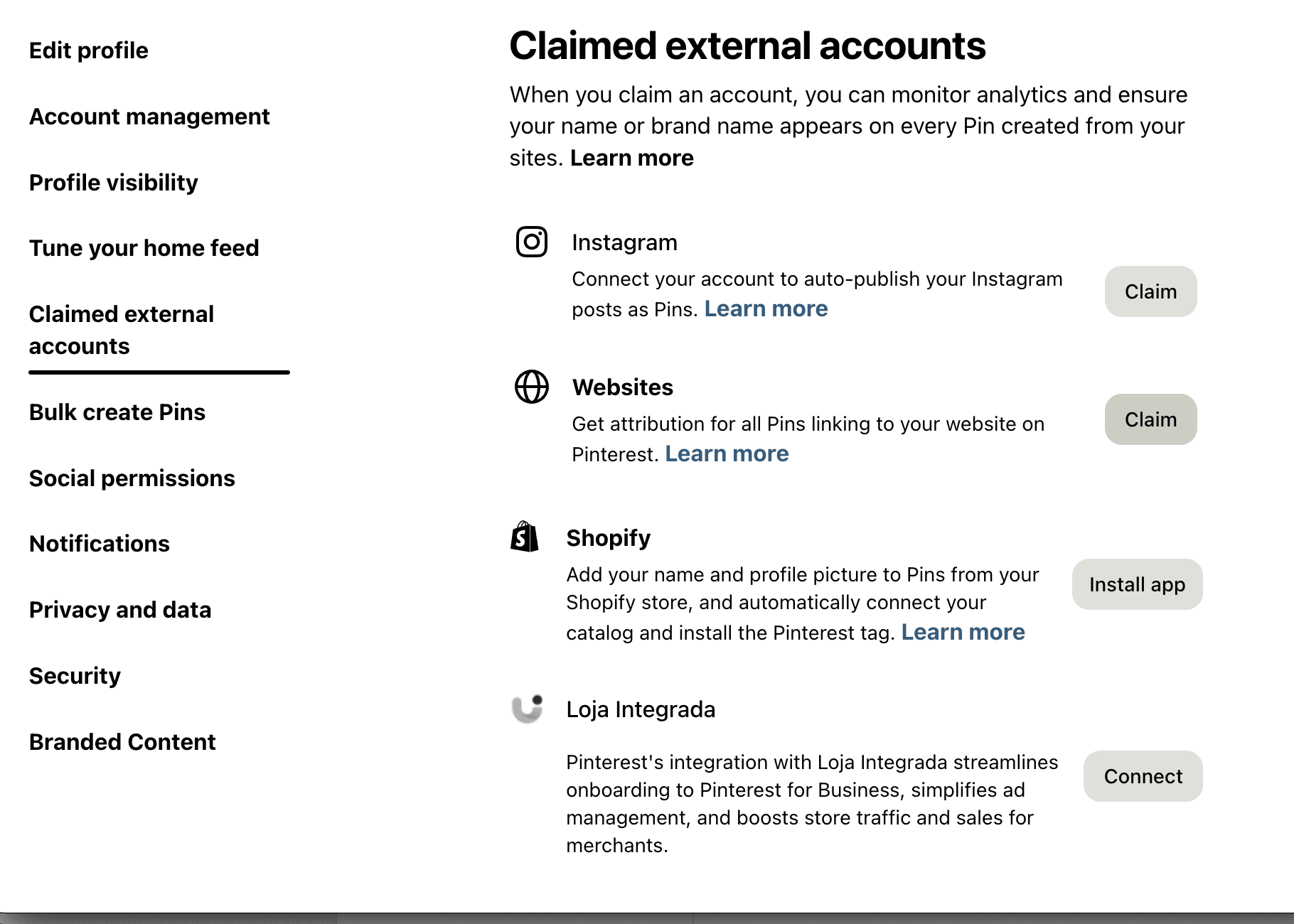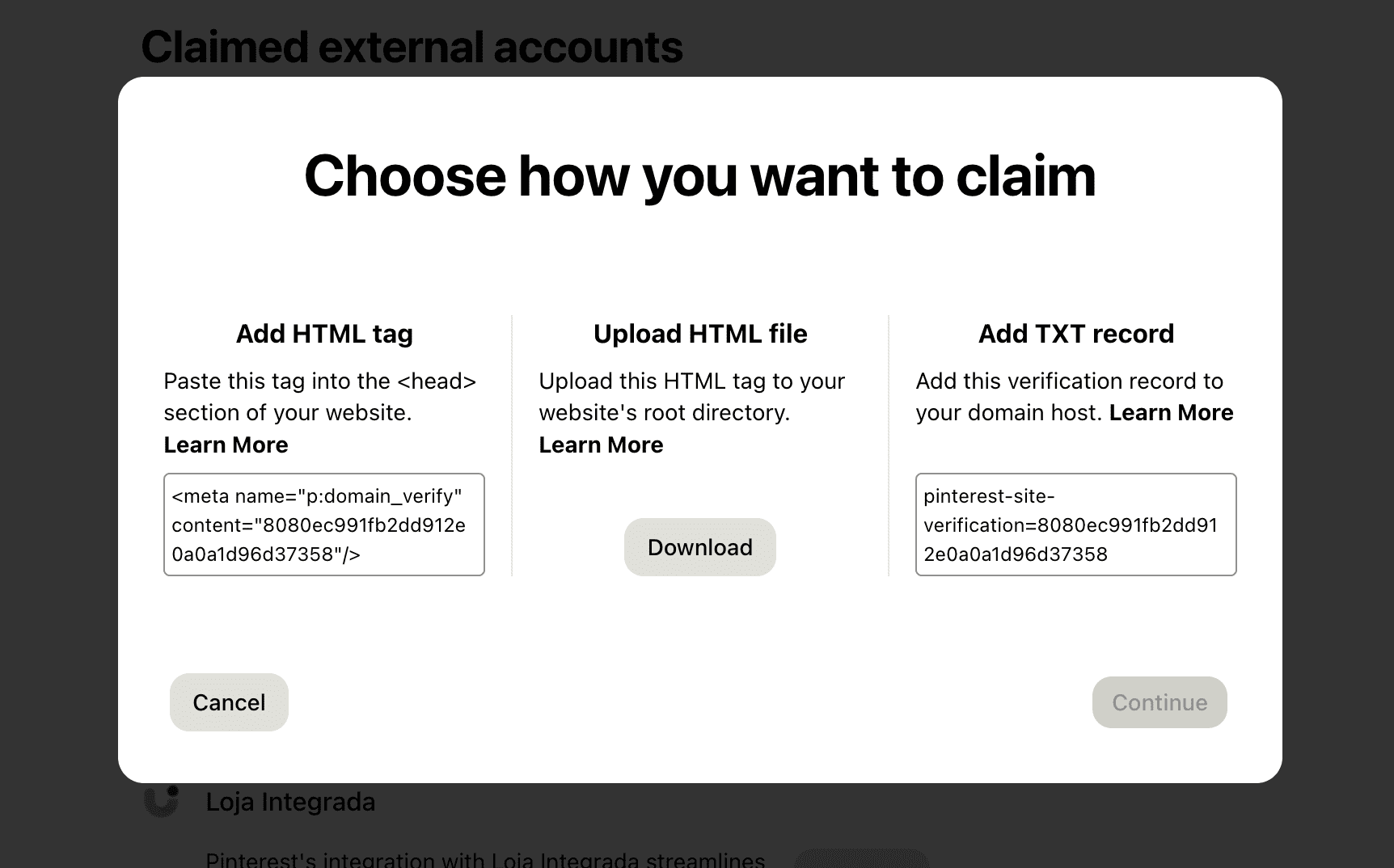Marketing Managers, Retail Managers, and more generally Digital Managers face a constant challenge: how to stand out in an ecosystem dominated by platforms like Meta and TikTok, where content overcrowding and increasing competition make it increasingly difficult to reach your target meaningfully. The answer often lies in the ability to identify and leverage platforms that offer a distinct user intent and less advertising saturation. This is where Pinterest, and particularly the Pinterest Business Account, comes into play.
Why Use Pinterest for Business in 2025?
- It is estimated that in 2025, over 500 million monthly active users globally will use Pinterest for inspiration and planning purchases [Statista]
- 28% of users in Italy use Pinterest, placing it as a follower of TikTok [Meltwater / WeAreSocial 2025]
- 70% of saved Pins relate to products or ideas that users intend to purchase or create in the future, positioning Pinterest for Business as a predictive channel for consumer trends.
- In specific sectors like eCommerce, Tourism, and Design, the ROI of campaigns on Pinterest has surpassed that of other visual platforms by 30%, thanks to its ability to capture users in the “early consideration” phase.
Pinterest is not just a social network; it is a powerful visual platform based on inspiration, discovery, and, most importantly, purchase intent [Pinterest Trends Prediction]
Unlike other channels, Pinterest users are emotionally engaged with graphic signs and impactful images, showing a significantly higher purchase propensity.
This makes it a strategic tool for growth, “efficiency, and collaboration within” the team.
For these reasons, the Pinterest Business Account allows you to translate this intention into tangible results for your company, supporting businesses – at both decision-making and team levels – in defining and implementing digital strategies through proprietary models, approaches, and frameworks.
Enrico Giubertoni
Using Pinterest for Business: Concrete Benefits for Specific Sectors
- For Retail: The Pinterest Business Account offers the “opportunity to enhance the” in-store customer experience and personalize the “interaction. You can optimize inventory management, manage queues, and showcase the correct product display through visual merchandising, essential elements to achieve sales goals and maximize store profitability.”
- For eCommerce: A Pinterest Business account allows you to showcase your products in a visual catalog, driving traffic directly to your product pages. With advanced features, you can customize marketing messages for different audience segments and monitor brand reputation online, crucial elements for attracting and engaging new customers and retaining existing ones. You can also measure the effectiveness of campaigns in real-time and make timely adjustments to maximize ROI.
With your Pinterest Business account, you can create themed boards, influencer/creator marketing campaigns and content that captures the imagination of potential customers, translating strategic objectives into operational tactics that are both concrete and effective.
How to Convert your Account into a Pinterest Business Account: the Essential First Steps
If you already have a personal profile on Pinterest and want to use it for your business, migrating to a Pinterest Business Account is a simple and strategic step. This operation opens the door to specific features designed for businesses, allowing you to expand your conversation and interaction potential on the platform.
What to Do: Step-by-Step Guide to Using Pinterest for Business Effectively in 2025
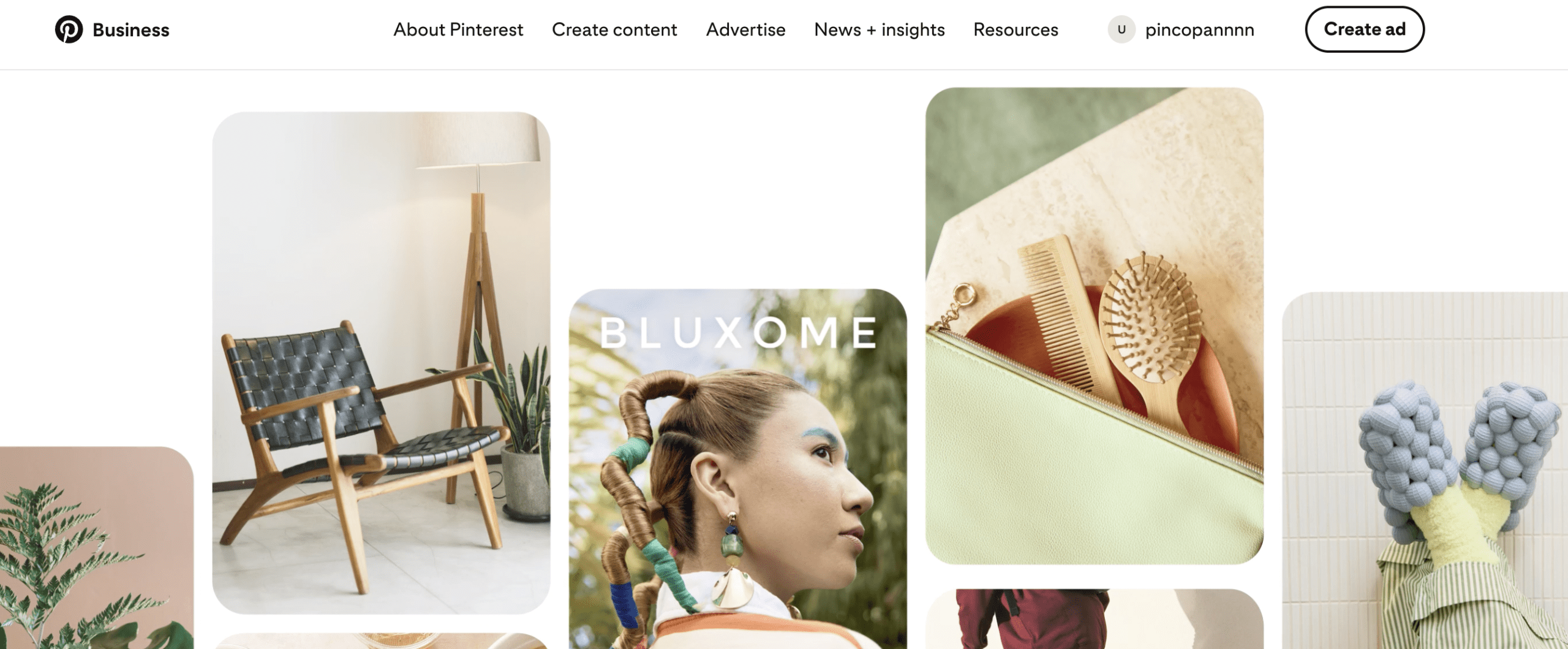
To fully exploit the potential of Pinterest Business in 2025, follow these detailed steps. This guide is designed to be a true checklist, guiding Marketing Managers, Sales Managers, and Digital Managers towards a pragmatic and results-oriented approach.
Durata stimata 40 minutes
Create your Pinterest Business profile

Go to the official “Pinterest Business for companies” page – https://business.pinterest.com/create/
Follow the instructions to convert your profile into a business account.Provide information about your Business

Enter the information that best matches your type of business. Don’t worry if they don’t fully capture what you do: Pinterest updates them often, but above all, you can always change them later.
Complete your business profile

You will be asked to provide information about your company, such as the name, website, and country
Select your Business category

Select your business goals and the focus (category) of your brand.
This data is fundamental, as Pinterest might offer personalized services in the future. Don’t worry, you can change these choices later.Enhance your brand

Choose the third option to enhance your brand. You can add company logos, validate your website, create personal Pin buttons to insert into your website, and much more.
Verify Your Website with Pinterest Business

Choose the “Claimed External Account” option: through this option, you can declare that your Shopify Shop, your website, your Instagram account are your property. Select Websites to validate our website.
Choose the validation method

Pinterest provides you with 3 validation methods: inserting a meta tag in the HTML of all your pages, uploading a file within your website, and inserting a TXT record within your Domain Host.
Both operations require a minimum of technical skills, so I recommend having your site management team read this specific passage: among the 3 options, the second Upload HTML file is definitely the simplest.
Keep in mind that I have noticed that Pinterest takes at least a day to validate the website, and in some cases more than a day. So don’t worry if the process is not instantaneous, instead arm yourself with patience and check back several times to see if the website has been validated.
Use Pinterest to Engage an Emotionally Involved Target
Pinterest is a graphic-based social network that has a target audience emotionally involved with graphic signs and impactful images. It is a rising social network that is gaining traffic from big players like Instagram, TikTok, and Facebook.
